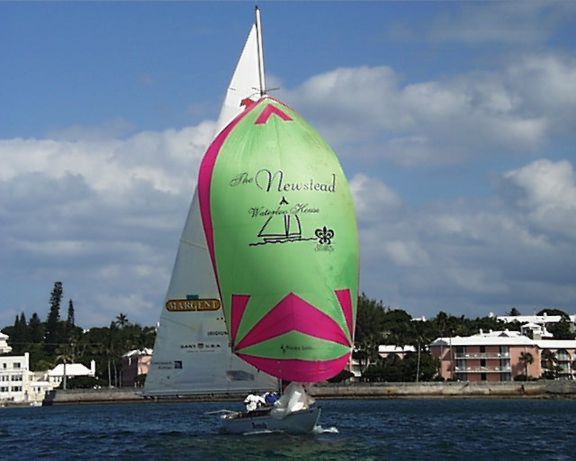10 Most Common Boating Mistakes
The occasional boating flub is inevitable, and even the veteran boater is bound to slip up once in a while. Here are the top ten boating mistakes and tips to avoid them.
The occasional boating flub is inevitable— the waters are full of unexpected surprises, and even the veteran boater is bound to slip up every once in a while. Of course, some of these mishaps are more common than others. Here are the top ten boating mistakes and tips to avoid them.
- Dead Batteries
- Improper Line Rigging
- Not Filing a Float Plan
- Running Aground
- Hitting the Dock
- Putting Fuel in the Water-fill
- Forgetting to Put in the Drain Plug
- Packing Too Little Water
- Anchor Antics
- Forgetting the Engine Cut-off Switch
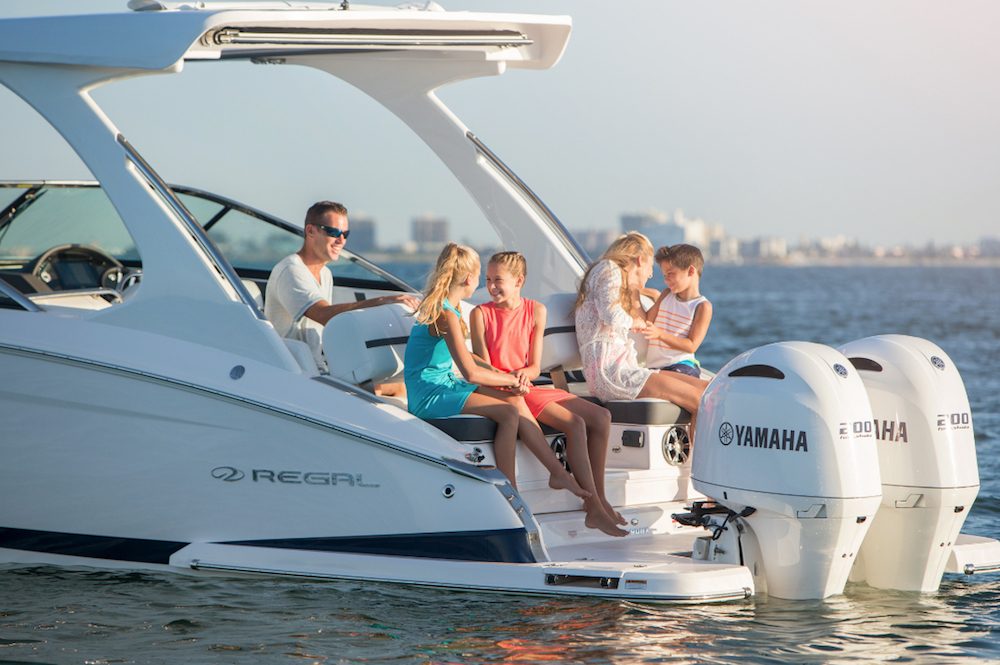
Dead Batteries
A dead battery can leave passengers stranded in a dangerous situation and abruptly end a day of boating. Of course, the battery isn’t the only chargeable electronic you will want on the water. A charged cellphone onboard creates an additional layer of safety. While you won't want to rely on your phone to communicate with land or send an emergency beacon, it's an important backup. Just remember to put your phone on airplane mode when heading offshore. Otherwise, the phone will continually search for a signal and drain the battery. Other onboard electronics that should be fully charged are your handheld VHF radio, cameras, and portable running lights.
Improper Line Rigging
Oh, how the tides will turn on you. Too little line can swamp a boat or cause damage. Too much line and a boat can rub up against surrounding pilings and the dockside. Here's an easy recipe for line length:
- Bring two stern lines and two bow lines equal to the length of the boat onboard
- Then carry two lines equal to one 1.5 times the length of your boat.
This will give you plenty of room to move safely in diverse conditions. Of course, you'll still need to make modifications in some cases, like when you're prepping for a hurricane. If you're in a tidal area, you will also want to keep tidal changes in mind as you rig to side-step headaches later. In non-tidal areas, account for boat wake and waves that may rock the boat. The type of line you choose will also impact the integrity of the job. Remember to consider not only the length but also the materials when choosing dock lines for your boat.
Forgetting a Float Plan
Even in the waters we feel most comfortable, it's best to expect the unexpected — mother nature loves defying the weather forecast. Float plans protect us from getting blindsided and expedite life-saving responses. Worst case scenario, if something happens to your boat or a passenger, someone on land must know where to reach you.
Protect yourself with a float plan before you leave the dock. Your plan should detail where you'll be throughout the day, including when you will be on and off the water. Identify the type of vessel you're operating and list the number and names of passengers onboard. Write this information on a piece of paper, or even better, on an electronic document. Then send your float plan to one or more trusted adult friends or family members.
Running Aground
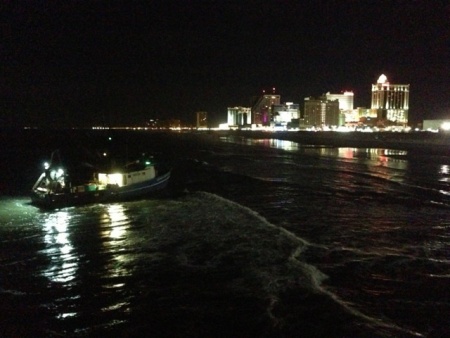
Note from Author: Years ago, a family friend overzealously attempted to leave an inlet and make it to his fishing grounds before sunrise. Absorbed by fish-conquering passion, he blasted out through the chop, promptly hitting a sandbar and running aground. His boat sustained major damage, and his tuna-time dreams evaporated. The truth is, this unfortunate mishap could have been prevented with better planning.
You can attribute many boat-aground situations to a lack of benthic knowledge. Boaters should locate any sandbars, sharp changes in depth, and other obstructions to avoid collisions. Keep an up-to-date nautical map of surroundings on board, apart from your phone or GPS application. Have an extra pair of eagle eyes scan the surface if you're heading out after dark.
In tidal areas, keep in mind that the bottom often changes and maps indicating depth won't always be accurate. Proceed with caution, especially after large storms, which can reshape the benthic zone. Even with strong navigational skills, it is important to navigate shallow and unfamiliar areas slowly.
Hitting the Dock
High winds, an over-enthusiastic entry, and a variety of other factors can cause your boat to take a blow from the dock. While everyone bumps into a dock at some point, the mode of entry has a lot to do with how often fiberglass meets wood.
Always approach the dock slowly, taking into consideration the direction winds will blow your boat. When possible, have a spotter on the bow and stern to warn the captain that the approach working. If you’re backing in a boat with outboards, make sure there are eyes on the prop.
Docking can be an intimidating procedure regardless of how long you’ve been doing it. Learning how to dock a boat takes experience and mistakes should be met with grace. Still monitoring factors like wind condition and speed can ease the process. Additionally, preferred approaches vary between engine configurations— docking a twin engine powerboat requires a different skillset than docking a single.
Putting Fuel in the Water-fill
Putting fuel in the water fill-in or vice versa will do serious damage to your boat and your wallet. Check and double-check where the fuel pump is going before pulling the trigger. Remember, one small mistake that could put your boat out of commission for a long time. Many fuel and water fill-ins look identical, and this can cause a major mix-up. Trailered boats are also notorious for a gas station mishap when boaters reach up and stick the fuel nozzle into a rod holder.
Bonus tip: always check and make sure E15 fuel isn't added to your boat. E15 fuel has damaging effects on boats that owners should beware of.
Forgetting to Put in the Drain Plug
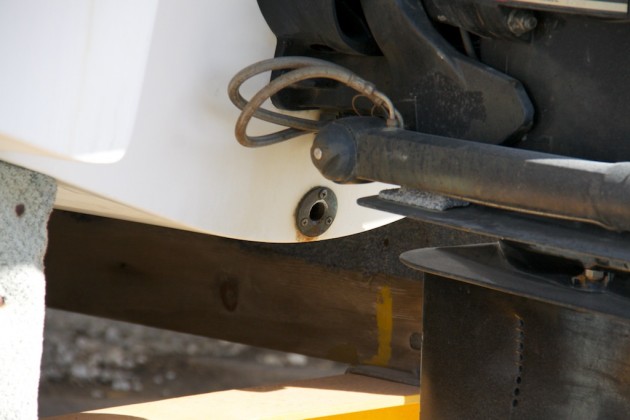
Forgetting to put in the drain plug is one of the most common mistakes boaters make. The drain plug is easy to overlook— putting it in becomes a boat-readying routine until it slips the mind.
If you head out and realize the drain plug hasn’t made its way to the proper location, don’t panic. A boat missing the drain plug is at risk of sinking, but there are steps to prevent this if it is safe. Keep the boat moving forward and head for shore if possible. Engage the bilge pump. Most importantly, call for help on the VHF or a cell phone if the boat is in open water. If offshore, beckon the Coast Guard. They would rather follow a boat in than respond to a more-dire situation later.
Packing Too Little Water
Not every day on the boat is full of sunshine, but staying hydrated and alert onboard is always imperative. Balancing a crew on board and general boating antics consumes a lot of our energy. Anticipate how much water is needed for the crew to stay hydrated and prevent illness before you leave the dock. Keeping an extra case of water onboard is a great way to mitigate stress beforehand.
Anchor Antics
Anchoring isn’t just a drop-it-and-stay kind of game, as many boaters know. Without a proper setting, anchors can drag on the bottom causing a safety hazard and hassle, as the anchor will need to be hauled up again. Where to anchor, choosing the proper anchor, and the angle of approach are all integral factors for a successful attachment. For example, a mushroom anchor is preferable on a muddy or weedy bottom, whereas a Danforth anchor is better suited for hard sand bottoms. The length of rope and the amount of chain used also are important. Conditions that a boat is anchoring in change all of these factors— anchoring in strong winds, for example, is a different ballgame than in fair conditions.
Forgetting the Engine Cut-off Switch
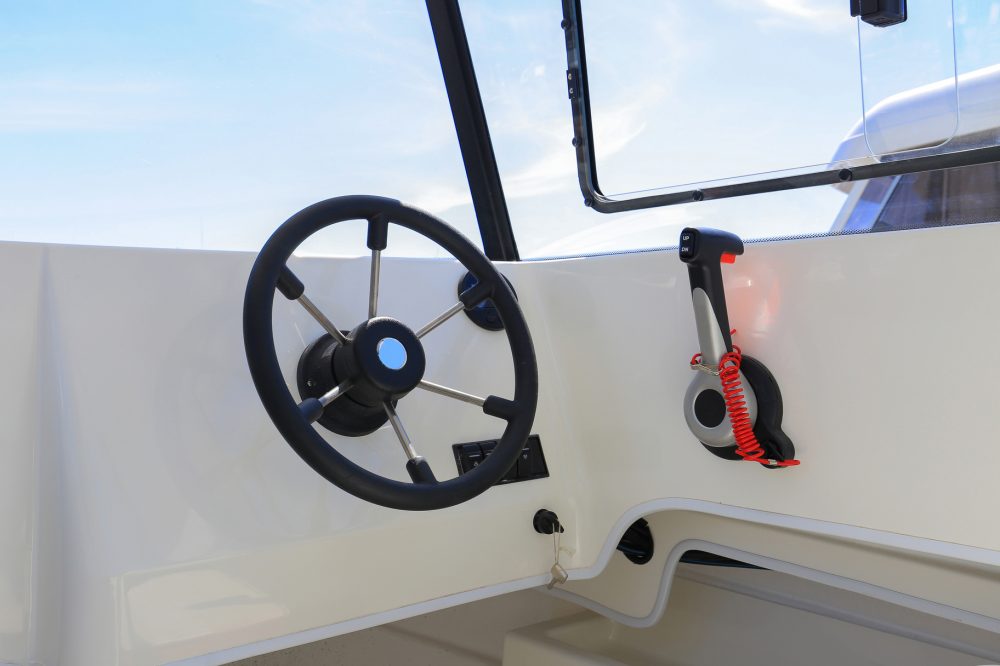
Most smaller vessels have an engine cut-off switch (ECOS), often referred to as the "kill-switch", that ceases the boat's operation if the operator moves away from the helm. In spring of 2021, a U.S. Coast Guard mandate went into effect, requiring all crafts under 26 feet to use ECOS. Electronic devices, such as fobs, that cut off the engine are acceptable, as well as the traditional safety-lanyard style attachments. ECOS devices prevent runaway boats that could cause propeller strikes to an overboard operator and vessel collisions. Foregoing attaching the ECOS is a simple but big mistake that could seriously cost boat operators.
Out on the water, sometimes conditions are out of our control. Luckily, these common boating flops are preventable, so learn from your fellow boaters, and hit the seas with confidence and ease. Feeling good about your on-the-water know-how, but caught a case of the trailering nerves? Here's how to trailer a boat safely.









